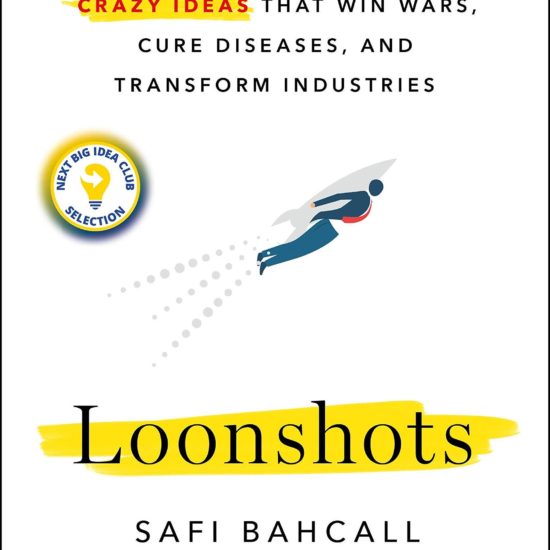Why designing a product for billions of Facebook users at the same time will not lead anywhere.
I recently asked a team of designers the ultimate design question. “Who are we designing for?”. To which I received the response:
“Anyone who has used Facebook before”.
“But there are over 1,7 billion users on Facebook today. From the entire world, across different age groups, interests, motivations, and income brackets.” I responded.
Design has always been an ambiguous word and discipline to me. In civil engineering, we learned to get architectural drawings from architects. We then turn them to standing structures with forms and functionality. And what humans can trust. I mean buildings that are homes to people. Roads they travel on. Offices they spend more than 8 hours of the day in. Schools they learn at.
Civil engineers are designers of sustainable structures with several components. The roof truss, the beams, the columns, the lintels, the window seals. All these interconnected components of a structure are designed to not only serve a purpose, but to stand and withstand stress. This requires complex procedures with mathematical computations, science and strength of materials.
But at the heart of this design process is the “user” of the structure.
How are the inhabitants of a structure most likely to use it? What purpose is the structure designed for?
I haven’t practiced civil engineering for almost a decade. Yet, this knowledge and mindset remains. So when I got my first job as a product marketer in a technology company in Helsinki, I sought how to apply this knowledge in selling our product. I was exposed to design jargons such as user persona, and what information to gather about a persona for different purpose in the design process. I found a way to bring my knowledge in structural design to building and selling software products.
But I soon discovered most teams don’t always have a clear user or purpose to work with, even when a product is ready for distribution.
Who is this product built for? What is it supposed to help the user achieve? Where is the user today and how do they solve their problem today?
Well,
“the product has this feature, and can do X”.
“Oh, the UI is not as responsive and it looks cluttered”.
“There’s been a lot of complains on Twitter about how horrible the colours and icons are”.
These are classic answers from design, product and marketing teams when asked such questions. But is any of the above the number one reason people will use your product?
During one of my latest projects, I worked with a group of designers at an early stage startup, who have developed an MVP without a clear user in mind. As soon as I joined the team, I asked the designers the ultimate question: “Who are we designing for”. This time, I got a different kind of answer.
“Anyone who has used Facebook before”, one of the designers said.

The problem is, there are over 1.7 billion users of Facebook today. And it’s a suicide mission for any small company to want to please a market this large.
The over 1.7 billion Facebook users visit the social network for diverse reasons. This user group range from 13 to 65 years plus. When Facebook started, it started from a college campus, serving people in the age group 18–24. Later, it expanded. This was a time web 2.0 was gaining traction, and the window of opportunity for building a platform for social communication was wide open. With the number of softwares, available data and competition for attention, targeting 1.7 billion Facebook users is odd.
This is like building a highway for airplanes, trucks, floating sea vessels, underwater vehicles, trains and any means of transport, simultaneously.
I have seen too many companies fail from lack of clear target users or trying to serve too many users from day one. CB insights reported lack of market need as one of the top reasons startups fail. And behind those needs are users and customers.
Last summer, I read “Cad Monkeys, Dinosaur Babies and T-Shaped People” by Warren Berger– a design book that exposed me to glimmer principles–and brought me closer to the works of design icons such as Yves Behar, Dean Kamen, Bruce Mau and IDEO’s David Kelley. I do not only admire their work with different organisations all over the world. Their social projects are evidences of transformational design. Behind all their big world-changing designs are clear, small user groups.
So dear designer and every team aiming to build a product people will care about, start with a narrow user group in mind. This doesn’t make your bold vision or hallucination, whatever it is you have, light.
It only helps to lay the foundation for a successful company. One that builds a product that meets a need in the market.
And more important, involve the same user as often as possible in your design feedback loop.

Hi, this is a comment.
To get started with moderating, editing, and deleting comments, please visit the Comments screen in the dashboard.
Commenter avatars come from Gravatar.